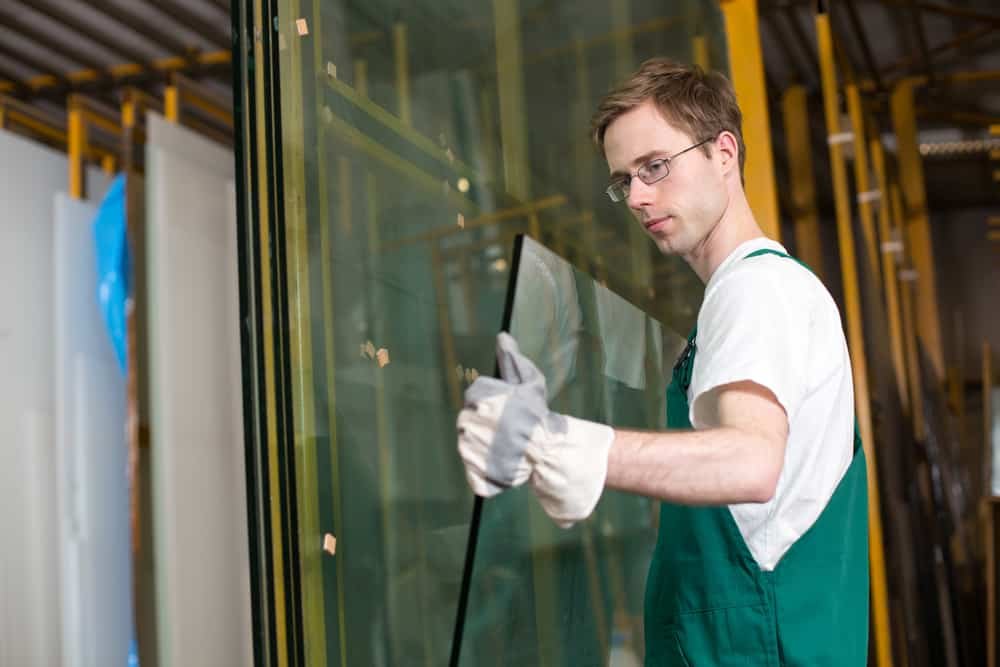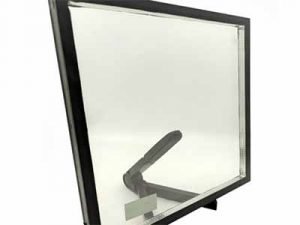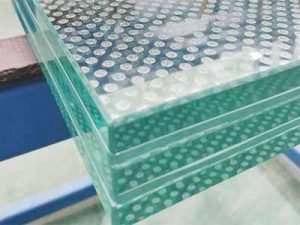Problems and solutions of toughened glass during the process
Glass is becoming more and more popular in the construction field, ranging from indoor desktops, fish tanks, and shelves to residential glass doors and windows, commercial glass guardrails, elevator handrails, exterior glass curtain walls, and so on. Glass is playing a more and more critical role.
In addition to the stunning appearance of glass, its relatively low prices, fashion, easy installation, and other features have become the first choice for more and more designers and homeowners when choosing decoration materials. However, all products cannot be flawless, and tempered glass is no exception.
As well as the spontaneous breakage of toughened glass, the problems in the processing process will also lead to an increase in the glass breaking rate in the later stage, which will bring inconvenience and even potential danger.
In the following article, we will explain to you the problems that may happen in the processing of toughened glass and the corresponding solutions.
Curve
a. Upward or downward curve
Problem A: The top surface temperature is too high while the down surface temperature is too low; top surface temperature is also chill while the top surface temperature is too high
Solution A: Lower the top surface temperature or increase the down surface temperature; increase the top surface temperature or decrease the down surface temperature
Problem B: The upper surface wind pressure is too small, or the downward surface wind pressure is too big; the up surface wind pressure is too big, or the downward surface wind pressure is too small.
Solution B: Increase the top surface wind pressure or decrease the down surface wind pressure; reduce the up surface wind pressure or increase the down surface wind pressure
Remarks: For glass thickness <8mm, adjust wind pressure; for glass thickness>10mm, adjust the temperature.
b. S-shape curve
Problem: Heating time is too long, or inside temperature is too high
Solution: Shorten the heating time or decrease inside temperature
c. Saddle-type curve
Issue: Inside temperature of the glass central is too high, which usually leads to a big arc on the glass surface
Solution: Lower the furnace temperature by ten and multiple degrees or increase the heating time
d. Irregular curve
Problem A: Debris or dirt on the tempering furnace grid
Solution A: Wipe the debris or dirt off the grid
Problem B: Unevenness of the grid roller
Solution B: Adjust the grid roller
Breakage
Breakage inside the furnace
Damage happens in a short time
Problem A: Disequilibrium when eliminating the glass surface stress
Solution A: Decrease the furnace temperature or extend the heating time; polish all the edges
Problem B: Holes and notches not processed according to the proper method
Solution B: Cut the holes and notches strictly following the standard technique
Problem A: Defectives like stones, bubbles, and content in float glass
Solution B: Change to quality float glass substrates
Problem A: Glass residue stuck on the furnace roller
Solution B: Keep the furnace roller clean and tidy
Breakage happens after half process of tempering
Problem A: Holes and notches not processed according to the proper method
Solution A: Cut the holes and notches strictly following the standard technique; prolong the heating time
Problem B: Some damage occurs on the glass substrates
Solution B: Inspect the glass substrates before tempering
Breakage happens when quenching
Spiral-shape breakage
Problem: Insufficient heating time or temperature
Solution: Prolong heating time or increase heating temperature
Fracture from the holes or the notches
Problem: Holes and notches not processed according to the proper method
Solution: Cut the holes and notches strictly following the standard technique
Broken into fragments or ruptured thoroughly
Problem: Inferior edge process; glass residue in the tempering grids
Solution: Do the polish edge; clean all residue off the grids
Glass Spots
Spread on the glass surface irregularly
Problem A: Heating temperature is too high
Solution A: Decrease the heating temperature or reduce the heating time
Problem B: Glass residue or debris on the roller
Solution B: Clean the furnace roller thoroughly
Many spots close to the edge and fewer spots in the middle
Problem A: Poor edge processing quality
Solution A: Polish all edges
Problem B: Irregularities of the furnace roller
Solution B: Adjust the roller evenly and smoothly
White intensity
White intensity spread on the glass in the middle part in the longitudinal direction
Problem A: Dirt or residue on the furnace roller
Solution A: Inflate sulfur dioxide gas into the furnace
Problem B: Excessive temperature in the furnace
Solution B: Decrease the temperature or launch the heating balancer
Coating film peeling
Sectional film peeling on coating glass
Problem A: Reversed coating side; the excessive heat of upside
Solution A: Coating side towards upside; decrease the furnace temperature
Problem B: Poor quality of glass coating
Solution B: Adopts quality coating glass from a prominent manufacturer
Above all, the experience of operating the furnace is very crucial. Different equipment has different parameters, so we cannot generalize it. Only by figuring out the characteristics of the machine can we make better-toughened glass.



